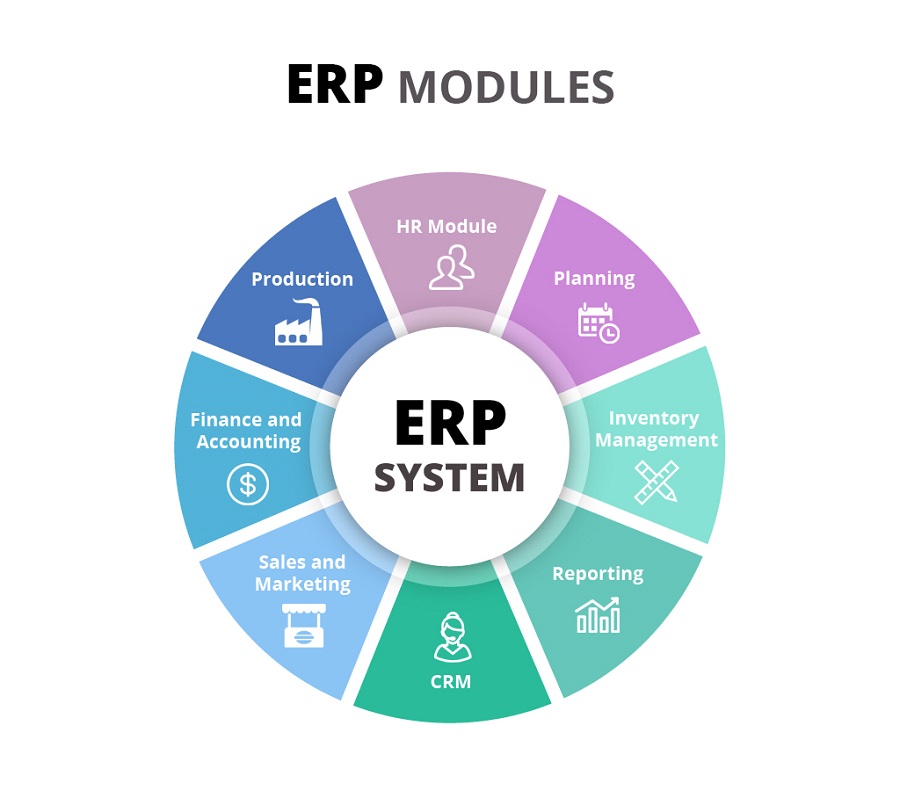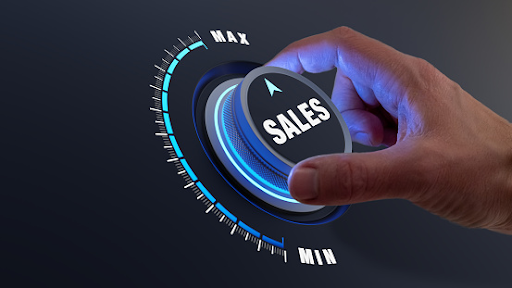Related Articles
Great stocks and supplies management using ERP modules. ERP software, or enterprise resource planning systems, are a set of modules used in all industries, from manufacturing to industries that produce perishable goods, in order to modernize their business.
It basically acts as a centralized database, where all the information relevant to the business such as financial transactions, inventory tracking, supply chain management, market analysis, procurement and sales are fed and it is collated, categorized and arranged in a manner which is easy to access, examine and retrieve when required.
Each rudimentary department of the firm gets to work with different modules depending on what purpose they serve in the firm.
Two such fields are stocks and supply chain management, also commonly known as inventory and procurement management.
Tracking the amount of goods left in the warehouse, their current status and ensuring that the right vendors and distributors are contacted for the transport of goods is an essential process in the life cycle of a product once it has completed its course in the production line.
Using the powerful features of automation and centralization, ERP modules can be customized to give optimized inventory tracking and supply chain management.

Stocks And Supplies Management Solutions
Based on the recommendation of renowned experts in the field, we have concluded that by compartmentalizing different functions under a single module using the following tips, an effective management system can be formed and maintained for a very long time:
For stocks:
1. Inventory: Inventory must be tracked and monitored – stock levels and its update has to be automated so that the latest information is available to the user. They can be tracked using QR codes, bar codes, RFID and serial numbers. Additionally, the selling price to specific retailers at different retail outlets must be specified, along with freight costs for transport. Backorders must also be tracked so that only the affected goods are called back, thus keeping profit margins up.
2. Bill of Entry: A bill of entry is a document or an account of a specific good which is entered at a warehouse or has just landed from a ship on a port, detailing the merchant, quantity of that good, its type, the value of the specific good and further details such as tariffs which must be sorted out with the relevant authorities. This gives detailed account notes which can be used to identify if there are inconsistencies in the accounts for each consignment. This reduces the possibility of wire fraud or embezzlement schemes as the information is being provided almost immediately on the docks.
3. Bill of Consumption: Consumption bills may be created due to various causes, most of them directly linked to company expenses such as maintaining protocol, service charges, donations to different charities for networking purposes etc. These bills must be monitored as this directly oversees the cash flow of the corporation. Otherwise, this creates confusion among different departments over the trail of money.
4. Deposit Transfers: Transactions into bank accounts and other funds are important to track as this keeps the balance and the accounts consistent across all platforms, otherwise an asymmetry of information occurs which creates bewilderment among various users. Transfers of goods can occur at different points, such as from one warehouse to another, or from one shipping port to a warehouse, i.e. among different administrations. The discharge of goods must then be recorded and cleared by the manager in charge.
For supplies:
1. Purchasing Orders(POs): The quantity of goods ordered, the number of clients that ordered a particular good, the lead time by which a particular product can be finished or delivered – these are the different ways a list of upcoming orders and potential callbacks can be organized. This increases efficiency and productivity among the employees handling this data. Confirmation and potential orders can also be separated for the sake of clarity. Shipping dates and delays must also be mentioned, and consumers must be notified of these delays to increase customer satisfaction.
2. Credit Card Support: For potential orders, i.e. orders that have yet to be confirmed and are still in shopping lists, it is important to be able to support credit cards and keep details as payment is cheap and easy. These transactions are directly managed through financial processes where the general ledger account is posted without a purchase order receipt. This makes it easier for consumers as they do not need to go through the hassle of paying via cash. Some have even more advanced cashless payment systems, such as digital wallets or cryptocurrencies, though that may take some time to be popular in the market.
3. Supplier Database and Audits: The names, contact details and addresses of suppliers and vendors must be available to all users. The product they sell, the price of the commodities and additional information on taxes must also be mentioned. Audits must also be done to regulate the quality of the products being shipped out. Performance verification through multiple inspections will allow products to be designed just the way we desire.
Conclusion
In conclusion, we can see that through these tips, we can achieve two distinct modules with different parts dealing with different reports and summaries working together for one function.
There are many such systems out there which provide ERPs with these modules.
One such software is Odoo. Odoo is a user-friendly software built under the same UI which uses one app to do all the jobs in one: streamlining operations, managing invoicing and boosting sales.
It has many different apps including one for ERP, which includes the ability to customize and design a template for your stocks and supplies management modules in the software depending on what you are selling in the market.
It also has global servers available in many different countries, which makes downloading and uploading data super fast and efficient.
Syncoria, a digital transformation company based in Canada, is an official Odoo Ready partner. To contact Odoo, call at +1 (416) 628-5522, or email them at [email protected].




